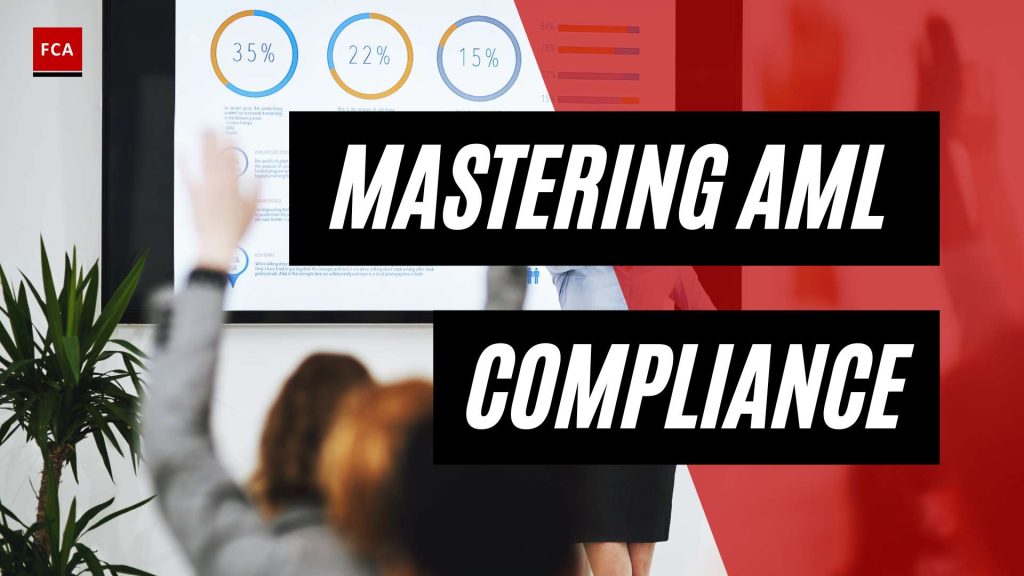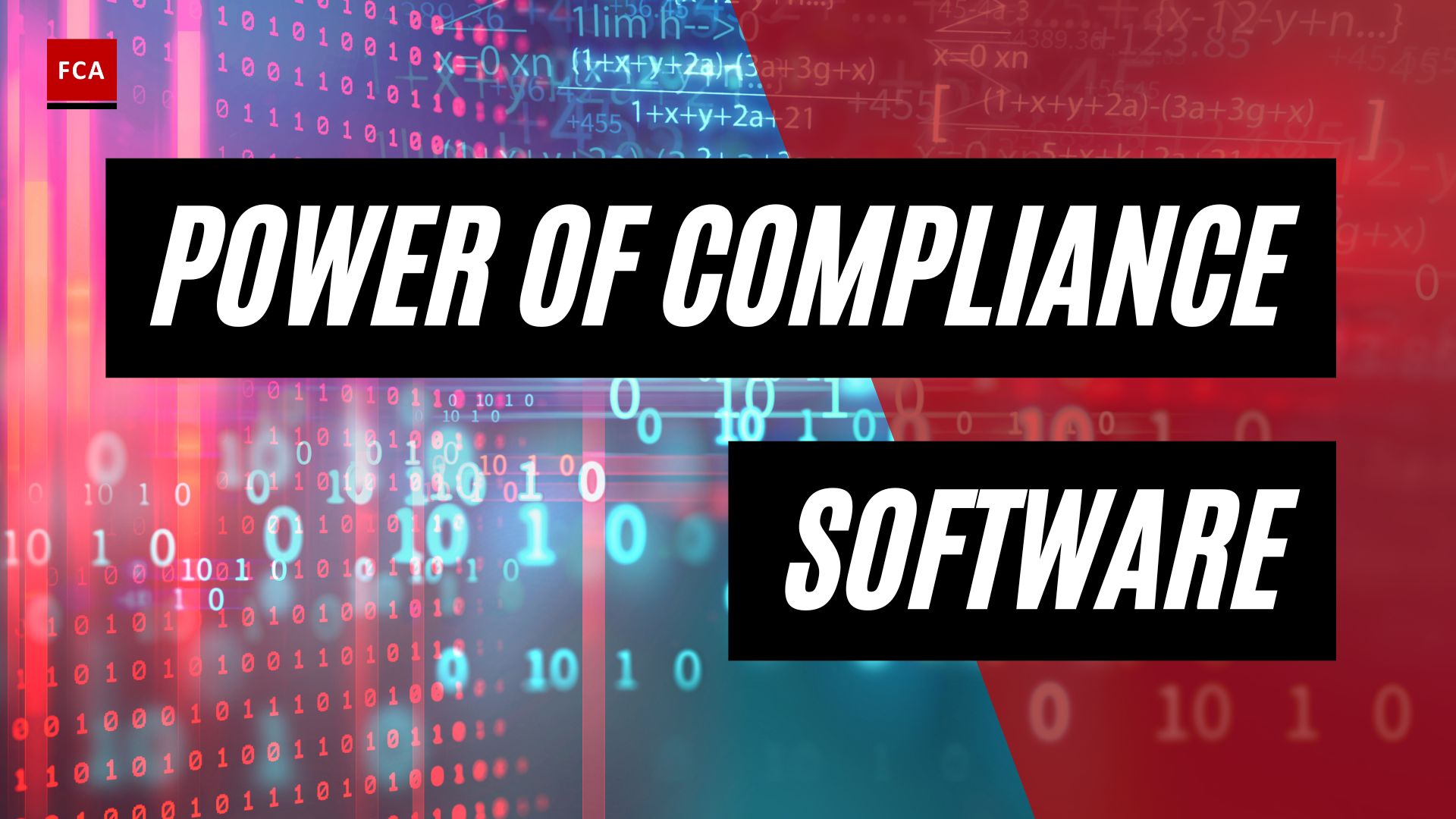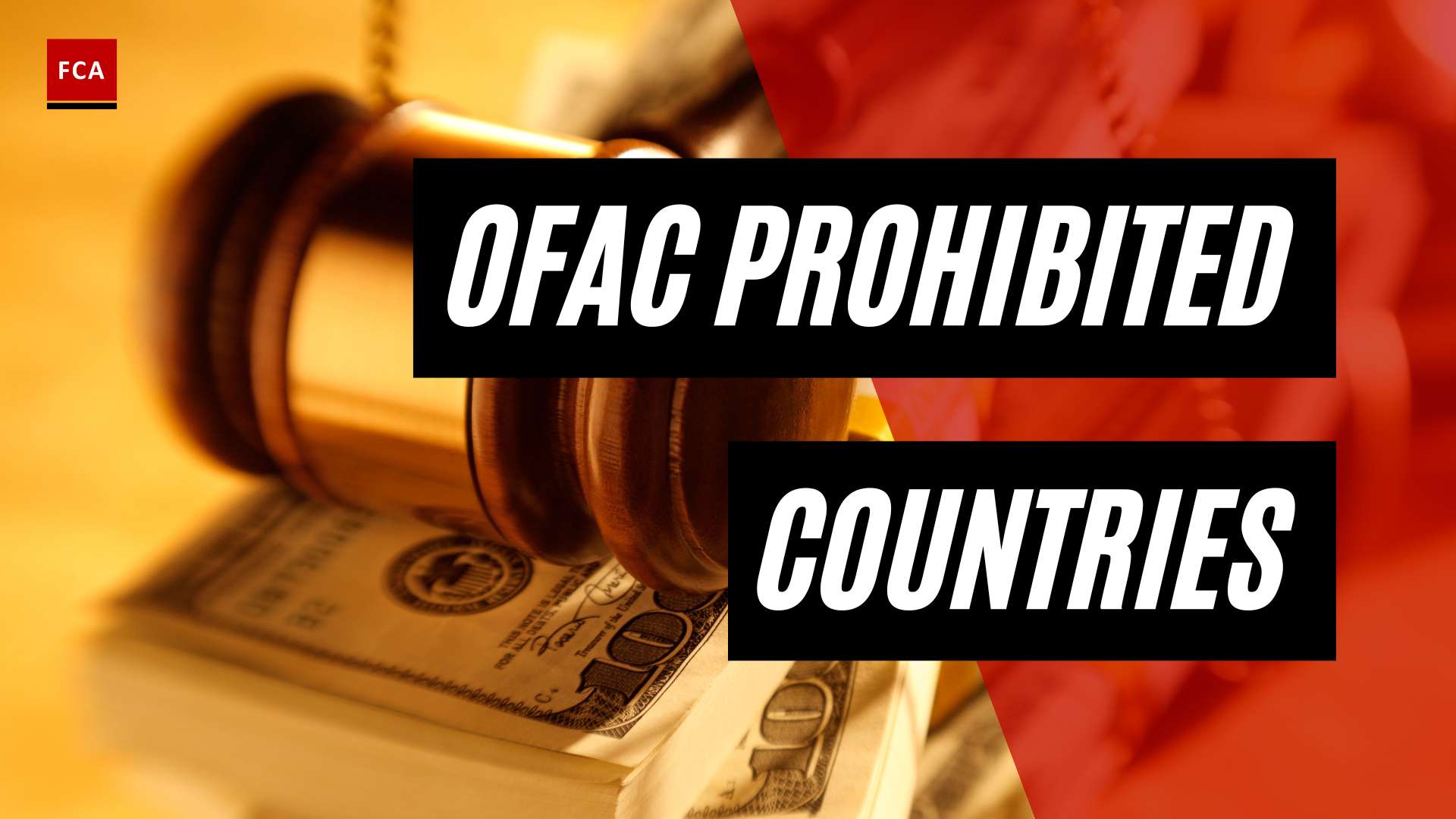Understanding AML Policy Framework
To effectively combat money laundering and terrorist financing, financial institutions and businesses must have robust Anti-Money Laundering (AML) policies in place. The AML policy framework provides a set of guidelines and procedures that outline the steps and measures to prevent, detect, and report suspicious activities. This section will provide an introduction to AML policies and emphasize the importance of conducting regular AML policy reviews.
Introduction to AML Policies
AML policies are designed to ensure compliance with regulatory requirements and mitigate the risks associated with money laundering and terrorist financing. These policies serve as the foundation for an organization’s AML program, outlining the necessary processes, procedures, and controls to identify and prevent illicit activities.
The development and implementation of AML policies are driven by various factors, including legal obligations, regulatory requirements, and international standards. The Bank Secrecy Act of 1970 in the United States was the first legislation aimed at combating money laundering, paving the way for subsequent AML policies and regulations (Investopedia). The USA PATRIOT Act of 2001 expanded the scope of AML policies by requiring financial institutions to implement AML programs, conduct enhanced due diligence, and report suspicious activities. The Financial Action Task Force (FATF), an intergovernmental organization established in 1989, sets global standards for AML policies and conducts mutual evaluations of countries’ AML efforts (Investopedia).
AML policies typically include requirements such as customer identification programs, ongoing monitoring of accounts, and reporting of suspicious transactions. These policies are crucial in preventing money laundering and terrorist financing activities (Investopedia). Technology has also played a significant role in enhancing AML policies, with the use of artificial intelligence, machine learning, and big data analytics helping financial institutions identify potential risks and improve their AML compliance efforts (Investopedia).
Importance of AML Policy Review
Regular review and assessment of AML policies are essential to ensure their effectiveness and alignment with changing regulatory requirements and industry best practices. Conducting an AML policy review allows organizations to identify gaps, weaknesses, and areas for improvement within their AML program.
Regulators now expect AML policy reviews to be conducted on a more frequent basis, typically annually, and sometimes every six months. This increased frequency reflects the evolving nature of money laundering and the need for continual vigilance in combating financial crime.
Failing to conduct regular AML policy reviews can have severe consequences. Non-compliance with AML regulations can result in hefty fines, legal consequences, reputational damage, and loss of customer trust. Therefore, it is crucial for organizations to prioritize AML policy reviews to mitigate these risks (Financial Crime Academy).
During an AML policy review, organizations must ensure that their policies and procedures remain appropriate, effective, and aligned with the regulatory framework. A thorough review should cover all aspects of the AML program, including policies, procedures, risk assessments, and training programs. By conducting these reviews, organizations can proactively identify areas for improvement, implement necessary changes, and enhance their overall AML compliance efforts.
In the following sections, we will delve into the key components and steps involved in conducting an effective AML policy review, as well as the potential consequences of non-compliance and best practices to ensure a robust AML program.
Key Components of AML Policy Review
To ensure the effectiveness of an anti-money laundering (AML) program, conducting regular and comprehensive AML policy reviews is crucial. These reviews help organizations identify any gaps or weaknesses in their AML policies and procedures, and make necessary enhancements to meet regulatory requirements and mitigate financial crime risks. The key components of an AML policy review include regulatory requirements, scope and objectives, and documentation and recordkeeping.
Regulatory Requirements
AML policy reviews must adhere to the evolving regulatory landscape. Financial institutions and other regulated entities are subject to various AML laws, regulations, and guidelines. These requirements vary across jurisdictions and may include obligations such as customer due diligence, suspicious activity reporting, and recordkeeping. It is essential for organizations to stay up to date with the latest AML policy requirements to ensure compliance.
During the AML policy review, organizations must assess their existing policies and procedures against the applicable regulatory requirements. This evaluation helps identify any gaps or deviations that need to be addressed. By aligning their policies with regulatory expectations, organizations can demonstrate a commitment to combating money laundering and other financial crimes.
Scope and Objectives
Defining the scope and objectives of the AML policy review is crucial for its effectiveness. The scope should encompass all relevant aspects of the AML program, including policies, procedures, risk assessments, and training programs. This ensures a comprehensive assessment of the organization’s AML framework.
The objectives of the AML policy review may include:
- Assessing the adequacy and effectiveness of the existing AML policies and procedures.
- Identifying any deficiencies or weaknesses in the AML program.
- Evaluating the organization’s adherence to regulatory requirements and industry best practices.
- Recommending enhancements to strengthen the AML framework and mitigate financial crime risks.
By clearly defining the scope and objectives of the AML policy review, organizations can ensure a focused and targeted assessment of their AML program.
Documentation and Recordkeeping
Proper documentation and recordkeeping are essential components of an AML policy review. Organizations must maintain comprehensive records of their AML policies, procedures, risk assessments, and training programs. These records serve as evidence of compliance and can be reviewed during regulatory examinations or audits.
During the AML policy review, organizations should document the work performed, including the methodologies used, findings, and recommendations. This documentation provides transparency and accountability, allowing stakeholders to understand the review process and the rationale behind any proposed changes or improvements.
Additionally, organizations should keep records of any changes made to their AML policies and procedures as a result of the review. These records demonstrate the organization’s commitment to continuous improvement and compliance with regulatory expectations.
By prioritizing documentation and recordkeeping, organizations can ensure a thorough and well-documented AML policy review process, facilitating regulatory compliance and effective risk management.
In summary, an effective AML policy review involves assessing regulatory requirements, defining the scope and objectives, and maintaining proper documentation. By conducting regular and comprehensive AML policy reviews, organizations can enhance their AML frameworks, mitigate financial crime risks, and demonstrate a commitment to compliance and integrity.
Conducting an Effective AML Policy Review
To ensure the effectiveness of an Anti-Money Laundering (AML) program, conducting regular and thorough AML policy reviews is crucial. These reviews help organizations identify any gaps or weaknesses in their AML policies and procedures, and enable them to make necessary improvements. A comprehensive AML policy review should encompass three key steps: risk assessment and identification, evaluation of controls and procedures, and recommendations for improvement.
Risk Assessment and Identification
The first step in conducting an effective AML policy review is to assess and identify the risks associated with money laundering and terrorist financing. This involves evaluating the organization’s risk exposure and understanding the potential vulnerabilities within its operations. By analyzing factors such as customer types, products and services offered, and geographical locations, organizations can identify high-risk areas that require special attention.
During the risk assessment process, organizations should consider the results of past audits, regulatory feedback, identified weaknesses, and changes in the business model (KPMG). This helps in ensuring that the AML framework remains effective and up-to-date. By identifying and assessing risks, organizations can develop appropriate controls and procedures to mitigate those risks effectively.
Evaluation of Controls and Procedures
The next step in an AML policy review is the evaluation of controls and procedures in place to prevent money laundering and terrorist financing. This involves assessing the effectiveness of existing controls and evaluating whether they are properly designed and implemented. It is essential to examine various aspects, including customer due diligence processes, transaction monitoring systems, and suspicious activity reporting mechanisms.
A comprehensive evaluation involves testing the adequacy and efficiency of controls and procedures in detecting and preventing suspicious activities. It also ensures compliance with regulatory requirements and industry best practices. By conducting this evaluation, organizations can identify any gaps or weaknesses in their AML program and take corrective actions to strengthen their control environment.
Recommendations for Improvement
Based on the findings from the risk assessment and evaluation of controls and procedures, an effective AML policy review should provide actionable recommendations for improvement. These recommendations may include enhancements to existing policies and procedures, staff training initiatives, adjustments to transaction monitoring systems, or the implementation of new technologies to enhance the detection of suspicious activities.
The recommendations should be specific, practical, and tailored to the organization’s unique risk profile and operational context. They should address any identified deficiencies and help foster a culture of compliance within the organization. By implementing the recommended improvements, organizations can strengthen their AML program, enhance their ability to detect and prevent money laundering, and minimize the risk of non-compliance.
In conclusion, conducting an effective AML policy review is a vital component of an organization’s AML compliance efforts. By undertaking a thorough risk assessment, evaluating controls and procedures, and implementing recommendations for improvement, organizations can ensure the effectiveness of their AML program, mitigate risks associated with money laundering, and demonstrate a commitment to combating financial crime.
Potential Consequences of Non-Compliance
When it comes to Anti-Money Laundering (AML) compliance, organizations must understand the potential consequences of non-compliance. Failing to adhere to AML regulations can lead to various negative outcomes, including legal and regulatory penalties, reputational damage, and increased operational costs.
Legal and Regulatory Penalties
Non-compliance with AML regulations can result in severe legal and regulatory penalties. Government agencies and regulatory bodies have the authority to impose hefty fines and sanctions on organizations that fail to meet their AML obligations. These penalties can vary depending on the jurisdiction and the specific violations committed.
It’s important to note that the consequences of non-compliance go beyond financial penalties. In some cases, non-compliant individuals or organizations may face criminal charges, which can lead to imprisonment or other legal repercussions. Staying up to date with AML policy reviews and ensuring compliance with regulatory requirements is crucial to mitigate these risks.
Reputational Damage
Reputational damage is a significant risk associated with non-compliance. When an organization is found to be non-compliant with AML regulations, it can lead to negative media attention, public scrutiny, and a loss of trust from customers, business partners, and investors. Rebuilding a tarnished reputation can be a long and challenging process, requiring significant resources and time.
The negative impact on reputation can result in a loss of business opportunities, both domestically and internationally. Non-compliant organizations may find themselves excluded from lucrative partnerships and contracts, limiting their access to financial markets and hindering their growth potential. Maintaining a strong reputation through diligent AML policy reviews and compliance is essential for the long-term success of any organization.
Operational Costs
Non-compliance with AML regulations often comes with increased operational costs for organizations. To rectify the situation and meet regulatory requirements, non-compliant organizations may need to invest in additional staff, improve compliance systems, and conduct internal investigations. These measures are essential to address the deficiencies identified during AML policy reviews and ensure future compliance.
The financial burden of addressing non-compliance can be significant, impacting an organization’s bottom line. Allocating resources to enhance AML compliance measures is crucial to avoid the potential operational costs associated with non-compliance.
By understanding the potential consequences of non-compliance, organizations can recognize the importance of conducting regular AML policy reviews and implementing robust compliance measures. Staying up to date with regulatory requirements, mitigating risks, and maintaining a strong reputation are critical for organizations to thrive in the complex landscape of AML compliance.
AML Policy Review Best Practices
To ensure the effectiveness and compliance of an Anti-Money Laundering (AML) program, it is essential to follow best practices during the AML policy review process. By incorporating these practices, organizations can enhance their ability to detect and prevent financial crimes. The following are key best practices to consider:
Independent Audits
Conducting independent audits is a crucial component of an effective AML policy review. These audits should be performed by designated compliance officers or external audit firms specializing in AML practices to ensure thoroughness and an objective assessment (Veriphy). Independent audits provide an unbiased evaluation of an organization’s AML policies and procedures, identifying any gaps or weaknesses that may exist. This process fosters accountability and helps organizations meet regulatory requirements.
Regular independent audits, mandated every 12-18 months or more frequently in high-risk areas, contribute to a culture of continuous monitoring and adaptation (Flagright). The results of these audits should be reported to senior management and the Audit Committee, emphasizing the importance of ongoing compliance and risk management.
Continuous Monitoring and Adaptation
Continuous monitoring is a critical aspect of maintaining an effective AML program. AML policy reviews should result in actionable recommendations for improvements, staff training, and enhanced detection of suspicious activities. It is important to foster a culture of compliance within the organization by implementing these recommendations. By regularly reviewing and adapting AML policies and procedures, organizations can stay up-to-date with evolving risks and regulatory changes.
Regular training and education play a vital role in achieving ongoing compliance within an organization (Flagright). While all employees in financial institutions should have a basic knowledge of AML practices, additional targeted training should be provided to those with specific AML responsibilities. This training ensures that employees understand their roles and responsibilities in the AML compliance program and can contribute effectively to detecting and preventing financial crimes.
Training and Education
Regular training and education play a vital role in achieving ongoing compliance within an organization (Flagright). While all employees in financial institutions should have a basic knowledge of AML practices, additional targeted training should be provided to those with specific AML responsibilities. This training ensures that employees understand their roles and responsibilities in the AML compliance program and can contribute effectively to detecting and preventing financial crimes.
By investing in comprehensive training programs, organizations can create a knowledgeable workforce that is well-equipped to identify and report suspicious activities. Training should cover various topics, including regulatory requirements, red flags of money laundering, and the proper handling of customer due diligence.
By following these best practices, organizations can strengthen their AML policy review process, enhance their defensibility in the face of regulatory scrutiny, and demonstrate a commitment to combating financial crimes. Regular AML policy reviews, independent audits, continuous monitoring, and targeted training contribute to a robust and effective AML compliance program.
AML Policy Reviews for Money Services Businesses
Money services businesses (MSBs) are subject to specific requirements when it comes to conducting AML policy reviews. These reviews play a crucial role in ensuring the effectiveness and compliance of their anti-money laundering (AML) programs. Let’s explore the key aspects of AML policy reviews for MSBs.
Requirements for Anti-Money Laundering Programs
MSBs are required to establish comprehensive AML programs that include written policies and procedures. These policies and procedures should cover various aspects of AML compliance, such as customer due diligence, suspicious activity reporting, and recordkeeping. The AML program should also include an independent review function to monitor the adequacy of the program.
According to the Financial Crimes Enforcement Network (FinCEN), the independent review should focus on the unique money laundering risks associated with the MSB’s products, services, customers, and locations. It should assess the MSB’s compliance with the Bank Secrecy Act and its internal policies and procedures.
Conducting Independent Reviews
The independent review of an MSB’s AML program should be fair and unbiased. It should cover various elements, including policies, procedures, internal controls, recordkeeping, reporting functions, and training. The review should also assess the actions taken by the designated compliance officer, such as determining money laundering risks, providing AML training, and overseeing program-related controls and systems.
The regulations do not mandate hiring a certified public accountant or third-party consultant to conduct the independent review. It can be conducted by an officer, employee, or group of employees, as long as they are not the compliance officer or report directly to the compliance officer (FinCEN). However, it’s important to ensure that the review is conducted by individuals with the necessary expertise and independence to provide an objective assessment.
Frequency and Documentation
The frequency of the independent review should be determined based on the MSB’s risk assessment. The review should take into account the specific products, services, customers, and locations associated with the MSB. Some MSBs may require annual reviews, while others may need more frequent reviews based on changing risks or identified compliance issues.
Documentation of the review scope, procedures, findings, and recommendations is essential. It should be reported to management and made accessible to government examiners and law enforcement personnel. This documentation helps demonstrate the MSB’s commitment to compliance and provides evidence of their efforts to mitigate money laundering risks.
By adhering to the requirements for AML programs, conducting independent reviews, and documenting the review process, MSBs can enhance their AML compliance and mitigate the risks associated with money laundering. It is crucial for MSBs to tailor their AML programs to their specific operations, scale of operations, and geographic considerations, while also staying up to date with regulatory requirements.
Tailoring AML Programs to Specific Operations
Money services businesses (MSBs) are required to establish anti-money laundering (AML) programs that are tailored to their specific operations and the money laundering risks they face. These programs should include written policies and procedures, as well as an independent review function to monitor the adequacy of the AML program. Let’s explore the key considerations for tailoring AML programs to specific MSB operations.
Money Services Business Requirements
MSBs, as defined by the regulations, include entities engaged in money transmission, currency exchange, check cashing, and other similar activities. The AML program requirements for MSBs are outlined in 31 C.F.R. § 103.125. These requirements focus on the unique money laundering risks associated with MSB products, services, customers, and locations. MSBs must establish comprehensive policies and procedures that address these risks and ensure compliance with the Bank Secrecy Act (FinCEN).
Scale of Operations and Risk Assessment
The scale of operations is an essential factor to consider when tailoring an AML program for an MSB. The size and complexity of the business will influence the level of AML controls and procedures required. A larger MSB with multiple locations and a high volume of transactions may need more robust controls compared to a smaller operation.
A thorough risk assessment is crucial in identifying the specific money laundering risks associated with the MSB’s operations. The risk assessment should consider factors such as the types of services offered, customer profiles, geographic locations, and any emerging risks in the industry. By understanding these risks, the MSB can develop targeted policies and procedures to mitigate them effectively.
Geographic Considerations
Geographic considerations play a significant role in tailoring an AML program for an MSB. The money laundering risks can vary depending on the jurisdictions in which the MSB operates. Different countries may have varying AML regulations and enforcement measures. It is crucial for MSBs to understand the specific requirements and risks associated with each jurisdiction in which they operate.
Geographic considerations also extend to the customer base of an MSB. Customers from different regions may present different money laundering risks. The AML program should account for these risks and include appropriate customer due diligence measures, such as enhanced verification procedures for high-risk jurisdictions.
By considering the specific requirements of MSBs, the scale of operations, and geographic considerations, businesses can develop robust and tailored AML programs. These programs should address the unique money laundering risks faced by MSBs while ensuring compliance with regulatory requirements. Regular reviews of the AML program, as discussed in the previous sections, are essential to evaluate its effectiveness and make necessary improvements to mitigate evolving risks.








